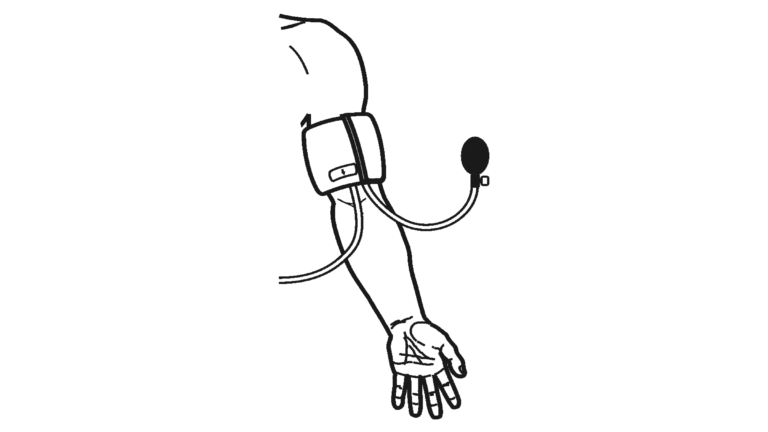
Introduction
Constant pressure is required to pump blood through the circulatory system. This ensures the delivery of oxygen and nutrients to and the removal of carbon dioxide and waste products from tissues. Positive pressure is created by forceful contraction of the left ventricle of the heart, measured as systole. It is maintained during relaxation of the ventricle by closure of the aortic valve and recoil of arteries, measured as diastole.
Mean arterial pressure (MAP) is a useful measure of the adequacy of tissue perfusion. It is not a simple average of systolic and diastolic blood pressures. This is because diastole continues for twice as long as systole. MAP can be reasonably approximated using the equation:
Objectives
In this experiment, you will
- Obtain graphical representation of blood pressure.
- Compare changes in systolic, diastolic, and mean arterial pressures with exercise.
- Use blood pressure readings and pulse to infer changes in cardiac output and peripheral vascular resistance with exercise.
Sensors and Equipment
This experiment features the following sensors and equipment. Additional equipment may be required.
Ready to Experiment?
Ask an Expert
Get answers to your questions about how to teach this experiment with our support team.
- Call toll-free: 888-837-6437
- Chat with Us
- Email support@vernier.com
Purchase the Lab Book
This experiment is #8 of Human Physiology with Vernier. The experiment in the book includes student instructions as well as instructor information for set up, helpful hints, and sample graphs and data.


